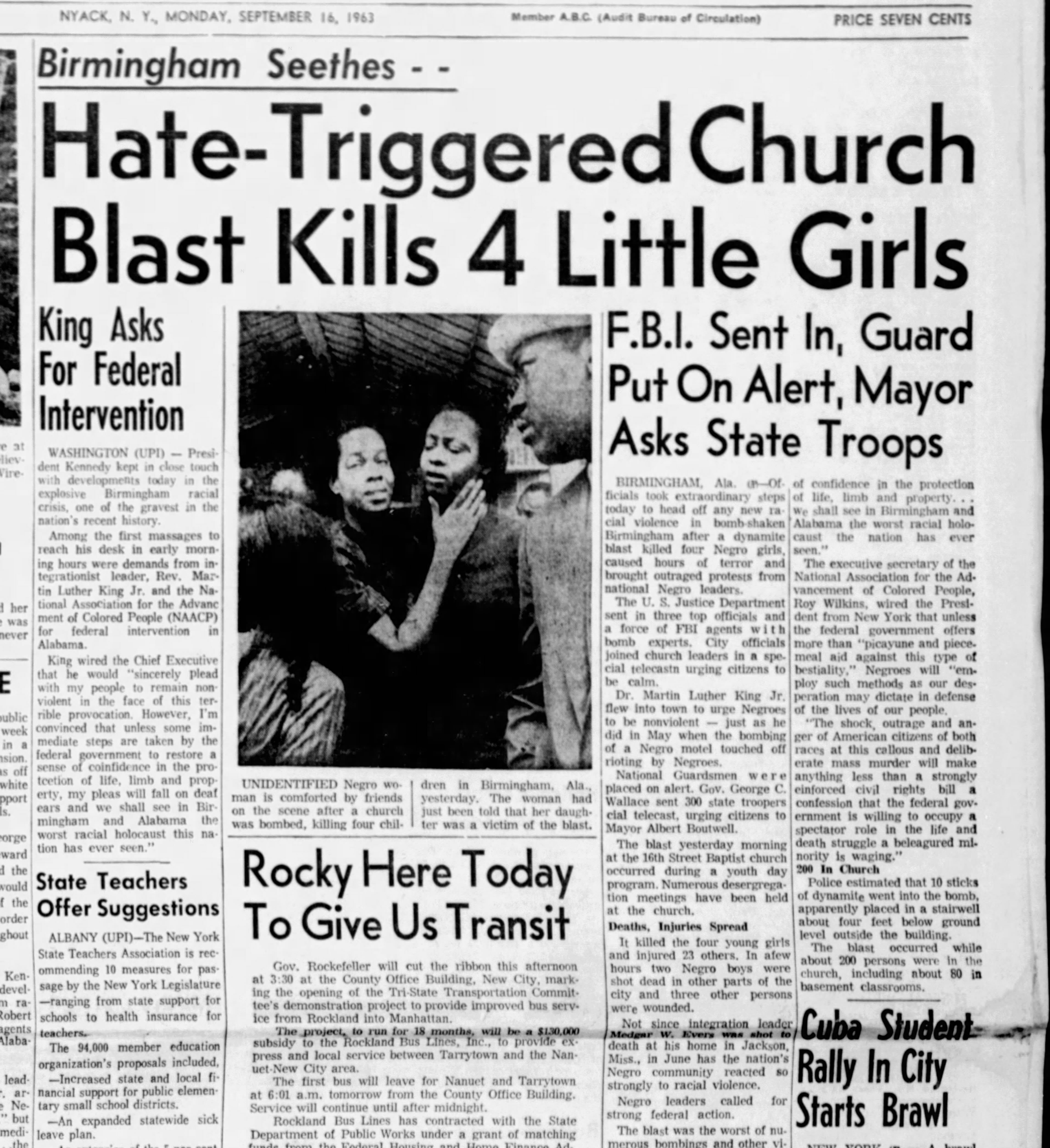The Buzz on News Articles
How News Articles can Save You Time, Stress, and Money.
Table of ContentsFacts About News Articles UncoveredGetting The News Articles To WorkExcitement About News ArticlesAll about News ArticlesMore About News Articles
Excellent understanding of various subjects offers students an one-upmanship over their peers. Also though digital and social networks are readily easily accessible, we should not fail to remember how essential it is to review the newspapers. Moms and dads must try and instill the habit of checking out a paper as a day-to-day regimen to proceed the legacy of the adored print tool.News stories likewise consist of at the very least one of the adhering to important qualities family member to the designated audience: distance, importance, timeliness, human rate of interest, anomaly, or effect.
Within these limits, news stories also aim to be comprehensive. However, other factors are involved, some stylistic and some derived from the media form. Among the larger and more highly regarded newspapers, justness and equilibrium is a significant aspect in providing information. Commentary is generally constrained to a different section, though each paper might have a different overall slant.
Papers with a global audience, as an example, often tend to utilize a more official style of writing. The details options made by a news electrical outlet's editor or editorial board are often accumulated in a style overview; typical design guides consist of the and the US News Design Book. The major goals of news writing can be summed up by the ABCs of journalism: accuracy, brevity, and quality.
Things about News Articles
As a rule, reporters will certainly not make use of a lengthy word when a short one will do. News authors attempt to prevent utilizing the exact same word much more than once in a paragraph (sometimes called an "echo" or "word mirror").
Headings in some cases omit the topic (e.g., "Leaps From Boat, Catches in Wheel") or verb (e.g., "Cat female fortunate"). A subhead (also subhed, sub-headline, subheading, caption, deck or dek) can be either a subservient title under the primary heading, or the heading of a subsection of the short article. It is a heading that comes before the main message, or a team of paragraphs of the primary message.

Added billboards of any of these kinds may show up later in the article (particularly on subsequent web pages) to entice more reading. Such signboards are also made use of as tips to the post in various other sections of the magazine or website, or as promotions for the piece in other publication or websites. Typical structure with title, lead paragraph (recap in bold), various other paragraphs (details) and get in touch with information.
Example of a hard-lead paragraph NASA is proposing another room task. The company's budget plan request, announced today, consisted of a strategy to send another goal to the Moon. This moment the company intends to establish a lasting center as a jumping-off place for other room experiences. The budget requests around $10 billion for the job.
The NASA statement came as the agency asked for $10 billion of appropriations for the project. An "off-lead" is the 2nd crucial front page information of the day. The off-lead shows up either in the top left edge, or straight below the lead on the right. To "bury the lead" is to start the post with background details Read Full Report or details of second value to the readers, compeling them to learn more deeply into a write-up than they must have to in order to find the important factors.
News Articles Things To Know Before You Get This
Usual usage is that one or 2 sentences each create their own paragraph. Reporters usually explain the organization or structure of a newspaper article as an inverted pyramid. The essential and most fascinating aspects of a story are put at the start, with sustaining information following in order of reducing value.
It permits individuals to discover a subject to just the deepness that their interest takes them, and without the imposition of details or nuances that they could consider unimportant, but still making that information available to more interested readers. The inverted pyramid framework additionally makes it possible for posts to be cut to any kind of approximate length during layout, to suit the room readily available.
Some authors start their stories with visit this page the "1-2-3 lead", yet there are many kinds of lead readily available. This layout usually begins with a "5 Ws" opening paragraph (as explained above), complied with by an indirect quote that serves to support a significant component of the initial paragraph, and after that a straight quote to sustain the indirect quote. [] A kicker can describe several things: The last tale current program; a "delighted" story to end the show.
Longer articles, such as publication cover articles and the pieces that lead the within sections of a paper, are known as. Function tales differ from straight information in several methods.
How News Articles can Save You Time, Stress, and Money.
The reporter typically information communications with interview subjects, making the piece more personal. A function's initial paragraphs often relate an intriguing moment or event, as in an "anecdotal lead". From the particulars of a person or episode, its view swiftly widens to generalities about the story's subject. The section that signals what a feature is about is called the or billboard.

The Editor's Toolbox: A Referral Guide for Beginners and Professionals (2001) Allan M. Siegal and William G. Connolly. The New York City Times Manual of Design and Use: The Official Design Overview Utilized by the Writers and Editors of the Globe's Many Reliable Newspaper (2002) M. L. Stein, Susan Paterno, and R.